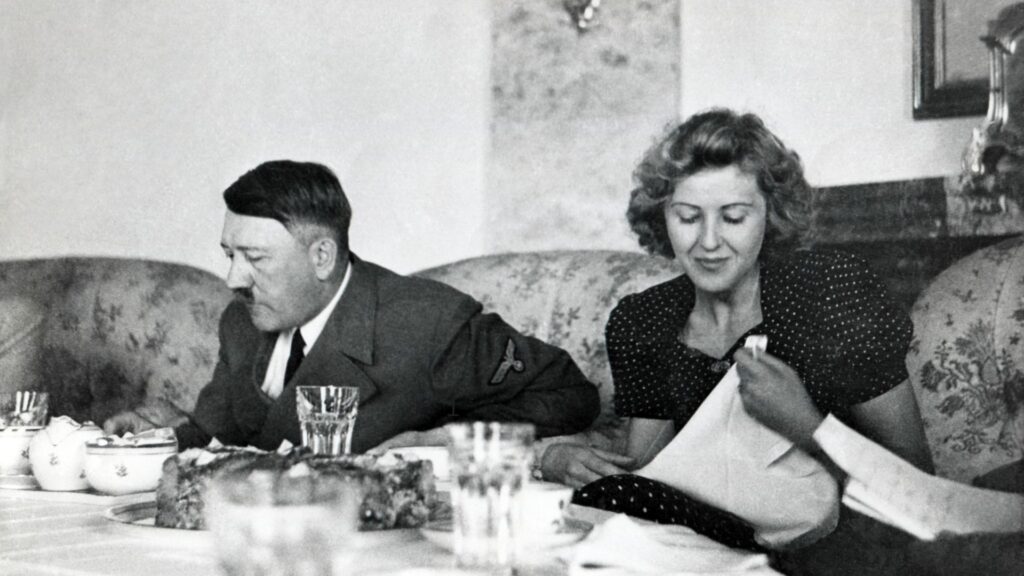
Adolf Hitler is one of the most famous and terrible leaders in history. But before he ruled Germany, he was just a struggling artist who couldn’t sell his paintings. How did a man who once lived in homeless shelters rise to power? The answer is a mix of bad luck, anger, and clever tricks.
Hitler was born in Austria in 1889. As a young man, he dreamed of being an artist. He applied to art school twice, but both times, he was rejected. Without money or a job, he moved to Germany and lived in shelters for the poor. When World War I started in 1914, he joined the German army. He was not an important soldier, but the war changed him. Germany lost the war in 1918, and Hitler was furious. Like many Germans, he believed his country had been betrayed by weak leaders.
After the war, Germany was in trouble. The country had to pay huge fines for starting the war, and many people were jobless and hungry. Hitler joined a small political group called the Nazi Party. He was a great speaker. When he talked, people listened. He promised to make Germany strong again. He blamed others—especially Jewish people—for Germany’s problems. This was wrong, but many angry Germans believed him.
In 1923, Hitler tried to take over the government by force, but he failed and was sent to prison. While in jail, he wrote a book called Mein Kampf (My Struggle), where he shared his hateful ideas. After he was released, he worked smarter. Instead of fighting, he used elections. The Nazis gave speeches, held rallies, and scared people into supporting them. When the Great Depression hit in 1929, more Germans became poor and desperate. They wanted someone to fix things, and Hitler said he could.
By 1933, the Nazis were the biggest party in Germany. The president, an old man named Hindenburg, made Hitler the leader, thinking he could control him. But Hitler was clever. He used his power to crush anyone who disagreed with him. Soon, he became a dictator—a leader with total control.
Hitler’s rise was not just luck. He used people’s fear and anger. He told lies that sounded like the truth. And when the country was weak, he stepped in with big promises. But his rule led to World War II and the deaths of millions. It all started with a failed artist who knew how to make people believe in him.
This story teaches us how dangerous it is when leaders blame others and trick people with empty promises. History shows us that even the weakest person can rise to power if people are scared enough to follow them. We must always think carefully about who we trust.


Leave a Comment